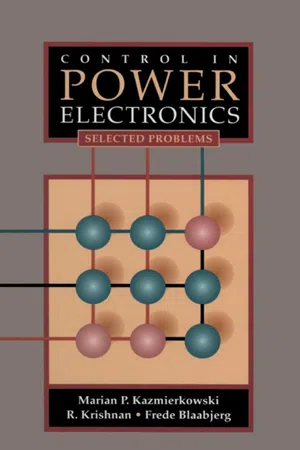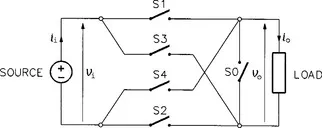
Control in Power Electronics
Selected Problems
- 544 pages
- English
- ePUB (mobile friendly)
- Available on iOS & Android
Control in Power Electronics
Selected Problems
About this book
The authors were originally brought together to share research and applications through the international Danfoss Professor Programme at Aalborg University in Denmark.Personal computers would be unwieldy and inefficient without power electronic dc supplies. Portable communication devices and computers would also be impractical. High-performance lighting systems, motor controls, and a wide range of industrial controls depend on power electronics. In the near future we can expect strong growth in automotive applications, dc power supplies for communication systems, portable applications, and high-end converters. We are approaching a time when all electrical energy will be processed and controlled through power electronics somewhere in the path from generation to end use.- The most up-to-date information available is presented in the text- Written by a world renowned leader in the field
Frequently asked questions
- Essential is ideal for learners and professionals who enjoy exploring a wide range of subjects. Access the Essential Library with 800,000+ trusted titles and best-sellers across business, personal growth, and the humanities. Includes unlimited reading time and Standard Read Aloud voice.
- Complete: Perfect for advanced learners and researchers needing full, unrestricted access. Unlock 1.4M+ books across hundreds of subjects, including academic and specialized titles. The Complete Plan also includes advanced features like Premium Read Aloud and Research Assistant.
Please note we cannot support devices running on iOS 13 and Android 7 or earlier. Learn more about using the app.
Information
Power Electronic Converters
1.1 PRINCIPLES OF ELECTRIC POWER CONDITIONING





Table of contents
- Cover image
- Title page
- Table of Contents
- ACADEMIC PRESS SERIES IN ENGINEERING
- Copyright
- Preface
- List of Contributors
- Part I: PWM Converters: Topologies and Control
- Part II: Motor Control
- Part III: Utilities Interface and Wind Turbine Systems
- Index